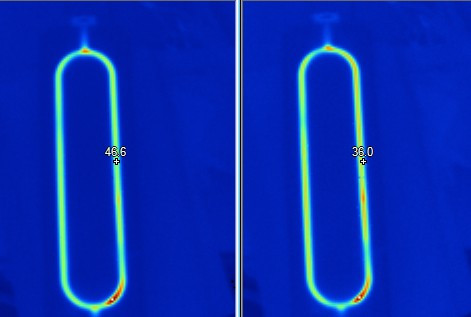Our Heat Sealing Technologies
When heat sealing thermoplastic materials, it is essential to ensure precise and measured temperature control of the heated bars in order to produce the highest integrity seals.
If the temperature across the sealing area is not consistent, or fluctuates in a range that is too low to effectively seal, or too high so that the material is damaged; the end result will ultimately be a product of inferior quality. The service life of equipment and parts can also be greatly reduced.
When designing and integrating our heat sealing technologies into our customer applications, we use PID temperature controllers with advanced digital displays to ensure accurate and repeatable temperatures are maintained throughout the seal process.
System temperatures are measured 50 times per second and maintained via loop feedback to ensure the required temperature is consistently achieved and remains stable, therefore producing the highest of integrity seals for our customer's end products.
When designing a new heat sealing system or machine we utilise our FEA simulation programs to replicate load and temperatures within each application, and we can validate our proposals with in-house materials testing.
We then use infrared thermography to provide supporting data on the consistency of temperature across our heat sealing bars and to determine the best combination of machine set up to gain the ultimate performance of our heat sealing technologies.


Product Range
We have an extensive range of key heat sealing technologies that can be adapted to your individual application requirements.

